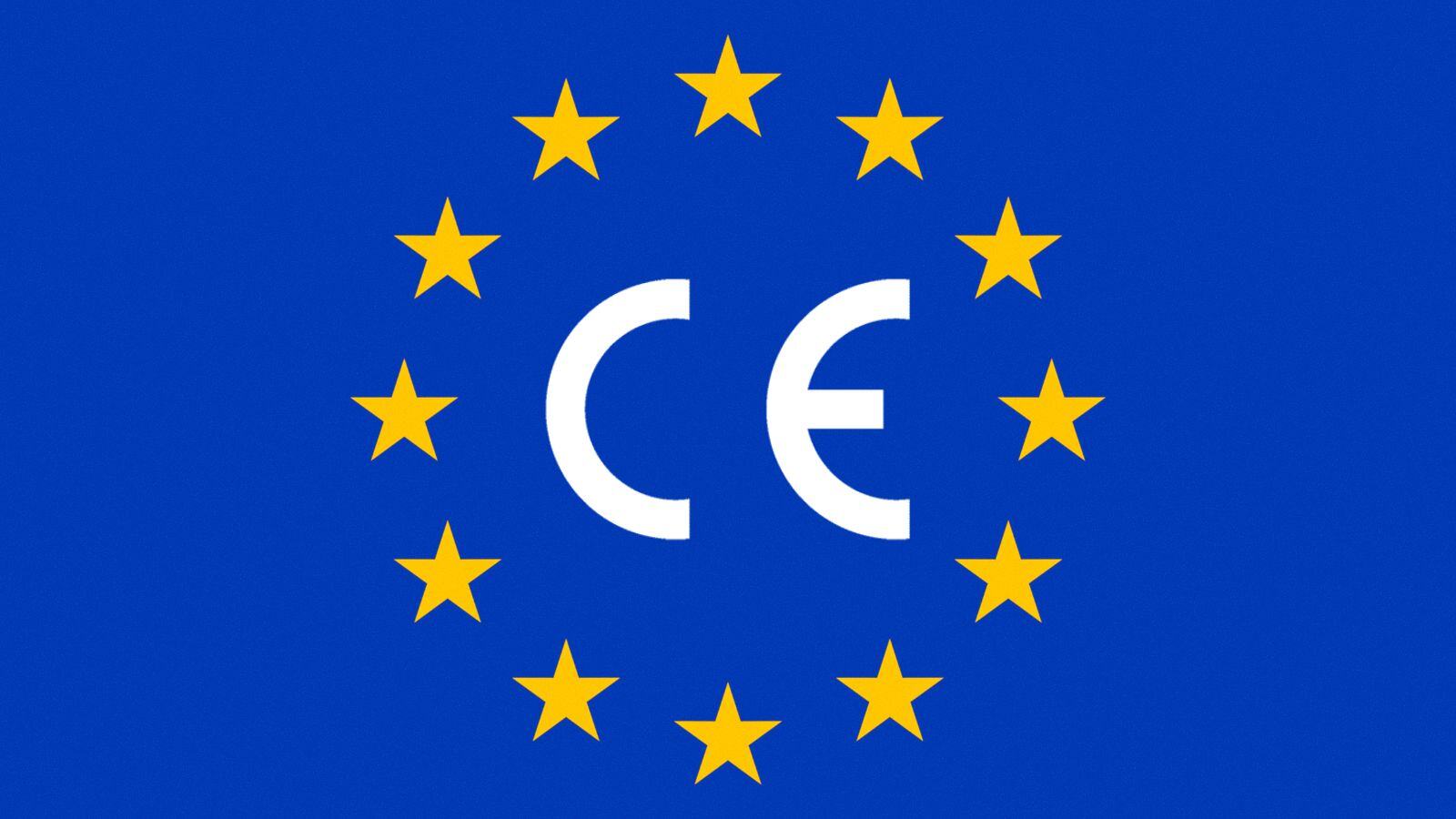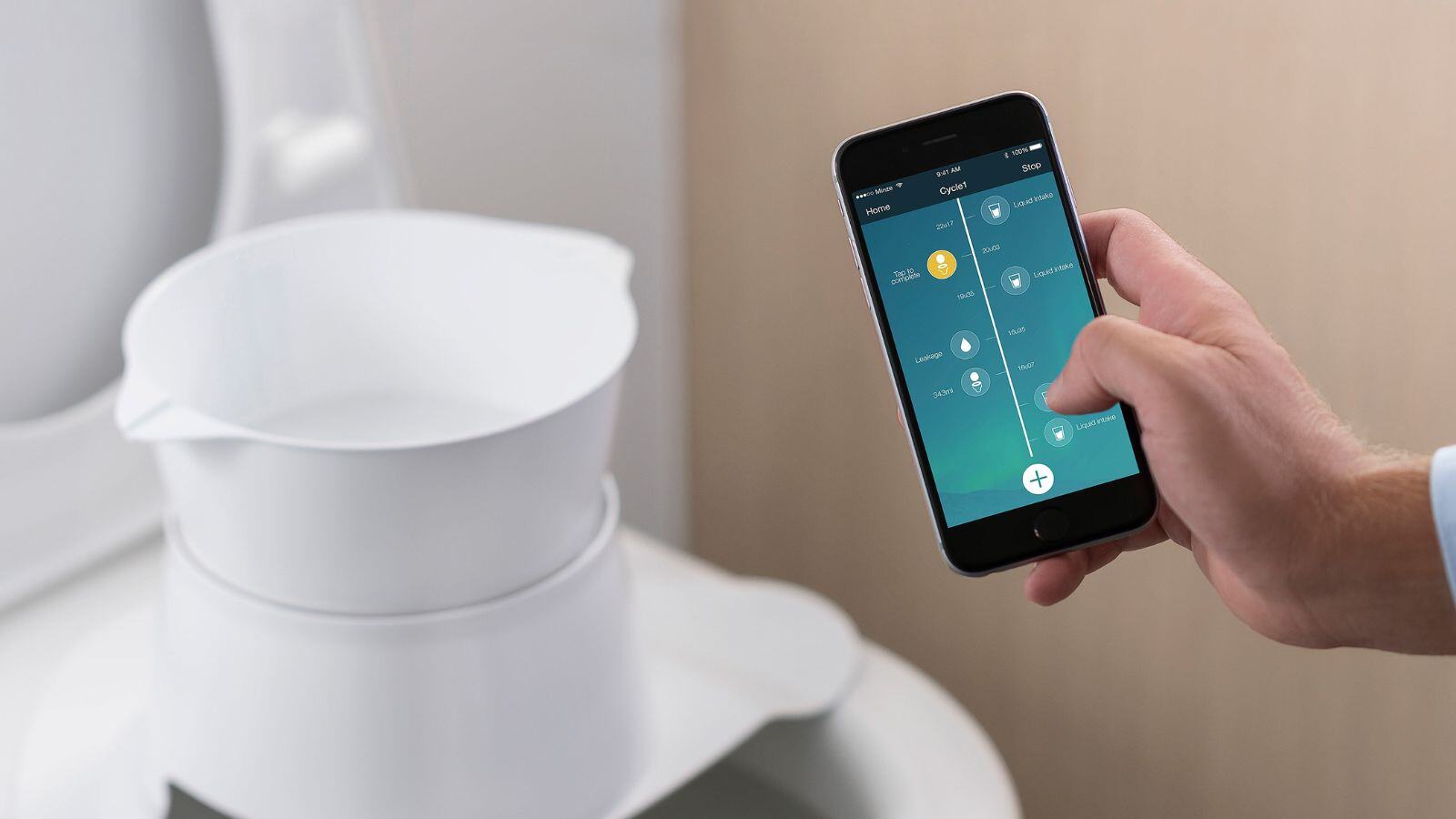Effective site selection and qualification are the cornerstones of any successful clinical trial. By rigorously evaluating potential research locations — whether hospitals, general practice clinics, or dedicated research centers — you ensure that each site has the infrastructure, expertise, and patient access necessary to meet your protocol’s demands. Getting this phase right not only optimizes timelines and budgets but also safeguards data integrity and regulatory compliance.
In this post, we’ll outline the essential steps and considerations for selecting and qualifying trial sites, and show how QbD Group’s end-to-end support can streamline your path from feasibility to first patient in.
What are site selection & qualification — and why do they matter
- Site Selection is the strategic process of identifying potential trial sites and assessing whether they have the right mix of experienced investigators, robust infrastructure, and patient pools to achieve your recruitment goals.
- Site Qualification involves an in-depth review, through calls, visits, and questionnaires, of each site’s regulatory compliance, staffing, facilities, and processes to ensure they can conduct your study to GCP standards.
Together, these steps form your foundation for success. Thoughtful selection and thorough qualification help you avoid recruitment bottlenecks, protocol deviations, and budget overruns — minimizing risks and setting you up for smooth operations.
Site selection and qualification: a 4-step process
1. Identify potential sites
Trial sponsors or CROs locate potential sites by considering geographic relevance, positive past collaborations, and insights from medical experts who may participate or suggest suitable research centers.
Action: Utilize your CRO's connections, successful prior engagements, and expert referrals to generate a comprehensive list of sites aligning with your study's therapeutic focus and geographic requirements.
2. Invite and engage sites
The sponsor or CRO invites potential sites by providing a trial description and relevant documents like the protocol synopsis. Upfront agreement on the number of sites to approach is essential.
Action: Share a concise trial synopsis, detail participation requirements, and pre-determine the number of outreach targets. A clear, value-focused invitation encourages early commitment.
3. Qualify via calls or visits
Following site interest, schedule qualification calls and/or visits. Sharing the qualification questionnaire beforehand is recommended. Sponsors and CROs should agree on the number of sites for this in-depth review, which uses a predefined assessment (questionnaire) to determine site suitability.
Action: Proactively distribute a standardized questionnaire, then conduct remote calls or on-site visits. Evaluate each site against predefined criteria (staffing, facilities, patient access) to assess readiness.
4. Select and report
Following qualification calls/visits, a site qualification report is written. Utilizing a qualification tool with predefined criteria can aid in summarizing key findings. The trial team (e.g., sponsor and CRO) should discuss these qualifications to make final site selections.
Action: Compile findings into a qualification report, review key metrics collaboratively, and formally select sites best meeting timeline, budget, and quality requirements.
Site selection and qualification: 5 key considerations
The key considerations that should be taken into account when selecting a site are as follows:
1. Principal Investigator (PI) & team expertise
A principal investigator (PI) and team with experience in similar trials are better equipped to follow procedures, collect reliable data, and anticipate challenges during setup and conduct. Site experience and qualifications can be evaluated by examining:
- Number and types of previous trials
- GCP training status of the site team
- Experience with comparable trial procedures (e.g., recruiting similar patient populations like pediatrics or the elderly, or collecting patient-reported outcomes)
- Demonstrated interest in the trial, as motivated teams tend to show greater engagement, leading to improved performance in patient recruitment and data collection.
2. Site’s infrastructure and resources
Evaluating a site's capacity and capability to manage the trial is crucial. Consider the following factors to determine suitability:
- Staff resources
- Does the site have dedicated study coordinator(s), data manager(s), and/or a clinical trial center?
- A research-focused team is more likely to ensure adherence to setup and enrollment procedures, proper training and awareness of the trial for medical staff, up-to-date trial documentation, and timely data submission.
- Laboratory facilities
- If specific sample testing is required, does the site have access to these tests and sample storage?
- Can the necessary sample testing be implemented, and are laboratory staff qualified and available to perform it?
- Is the laboratory accredited?
- Pharmacy facilities
- Does the site have access to pharmacy facilities for the appropriate handling and storage of investigational products?
- Medical equipment
- Is the required medical equipment readily available to conduct the trial according to the defined procedures?
3. Patient population & recruitment plan
Assessing a site's ability to recruit the target patient population within the trial's timelines is vital. Poor recruitment can negatively impact overall enrollment, timelines, and budget, potentially leading to costly strategies like premature site closure and new site initiation. Key factors include:
- Patient demographics
- Does the site have access to a patient pool that matches the trial's inclusion and exclusion criteria?
- Potential recruitment rates
- What is the site's projected enrollment number, and how is this estimate determined?
- Is the recruitment target achievable?
- Enrollment Timelines
- Can the recruitment target be met within the specified enrollment period?
- Recruitment strategies
- What methods will the site use to recruit patients?
- How will the appropriate patient population be identified?
- Who will be responsible for approaching potential participants?
4. Set-up procedures & timelines
Discussing required setup procedures and timelines with the site can highlight potential challenges during this phase. Significant issues, such as lengthy contract and budget negotiations, might influence the site selection decision. Key points include:
- Clinical Trial Agreement (CTA)
- If a sponsor template is used, does the site accept it?
- What is the expected timeline for CTA negotiations?
- Local Ethics Committee Timelines (if applicable):
- How frequently does the local Ethics Committee convene?
- What is the typical review time for the submission package and opinion issuance by the local Ethics Committee?
- Budget considerations
- Is the budget proposal acceptable to the site?
- Initiating budget discussions during site qualification can help determine if the site's expected fees align with the trial budget.
5. Audit history and performance in prior clinical trials
Understanding a site's past research performance can provide valuable insight into its potential trial conduct. Key considerations include:
- Audit findings
- Has the site been audited in the past?
- If so, is there an audit report available?
- Were there any audit findings that raise concerns?
- Performance in prior trials
- If the sponsor or CRO has prior experience with the site, seeking internal team feedback on the following is beneficial:
- Did the site meet recruitment targets in previous studies?
- What was the quality of the data?
- Were any challenges encountered?
- If the sponsor or CRO has prior experience with the site, seeking internal team feedback on the following is beneficial:
How QbD Group supports your clinical trial site selection
At QbD Group, our multidisciplinary team offers tailored support at every stage of site selection and qualification:
- Site identification: Leverage our global networks to pinpoint high-potential sites.
- Custom qualification tools: Deploy our proven questionnaires and scoring matrices.
- Assessment execution: Arrange and lead qualification calls, remote assessments, or on-site visits.
- Comprehensive reporting: Deliver clear, actionable qualification reports to inform your decision-making.
Whether you need end-to-end management or targeted expertise, our regulatory affairs specialists, clinical project managers, and CRAs stand ready to ensure your trial sites are fully prepared and compliant.
Ready to accelerate your clinical trial setup?
Get in touch with QbD Group today to streamline your site selection and qualification process—and set the stage for a successful study from day one.
























.jpg)



